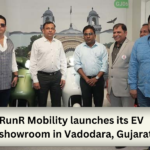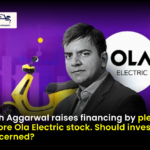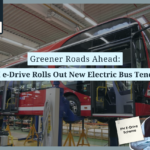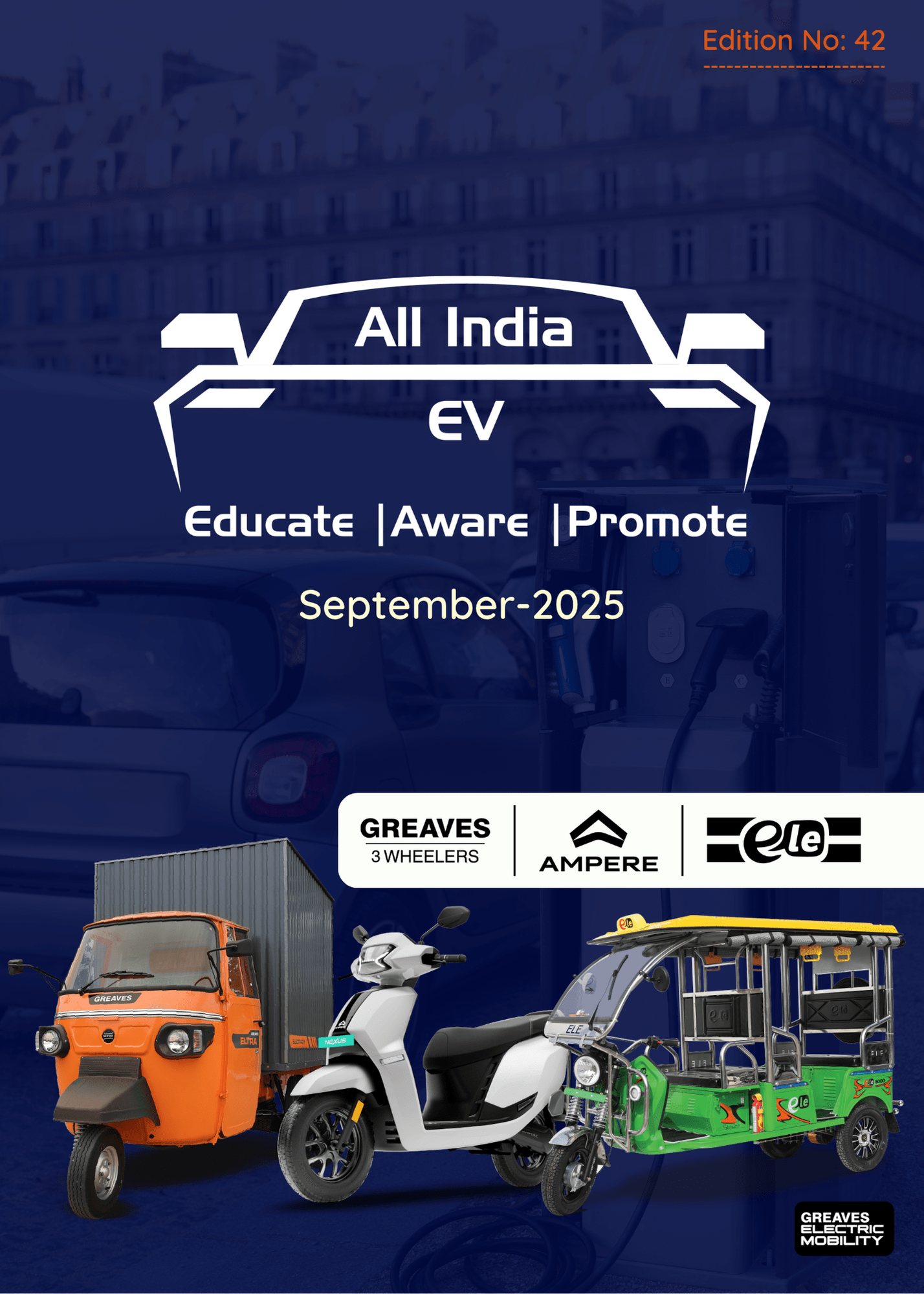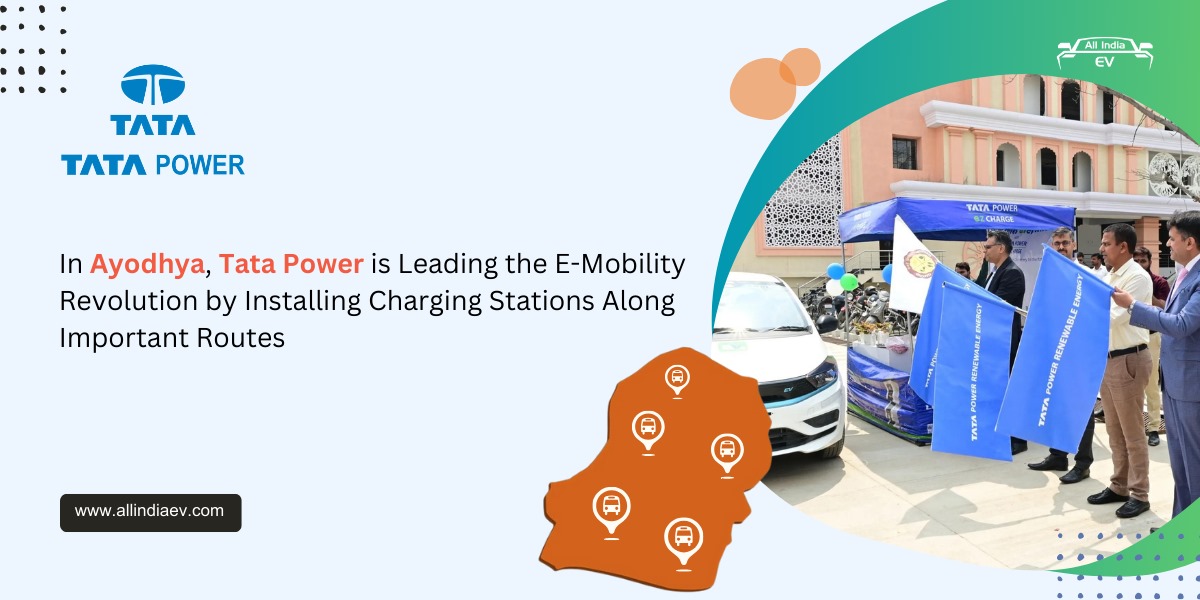
Oversupply, Execution Risks & China Dependency Threaten India’s EV Battery Plans, Warns ICRA
India’s electric vehicle (EV) revolution hinges on one key element: lithium-ion batteries. As the nation accelerates its shift towards sustainable mobility, battery production has become a focal point of government policy and industry investment. With over Rs 75,000 crore pledged towards battery cell factories and ambitious plans to establish over 150 GWh of capacity by 2030, the momentum appears strong. However, a recent report by ICRA raises cautionary flags, pointing to execution challenges, supply chain vulnerabilities, and an impending global oversupply.
Big Plans, Bigger Hurdles
India’s roadmap for battery manufacturing is impressive. The Production Linked Incentive (PLI) scheme for Advanced Chemistry Cells (ACC) has committed Rs 18,100 crore to boost domestic production. Industry giants like Reliance New Energy (20 GWh in Gujarat) and Ola Electric (20 GWh in Tamil Nadu) are leading the charge. Yet, ICRA highlights a critical issue: many projects are still in their infancy, with little tangible progress.
Despite substantial commitments, the actual manufacturing and integration of locally produced battery cells into EVs remain limited. The PLI scheme links incentives to output and sales milestones, but few manufacturers have met these criteria so far. This slow pace raises concerns about India’s ability to meet its EV battery localization goals.
China’s Stronghold and India’s Dependence
The global battery supply chain is dominated by China, which controls refining, processing, and manufacturing of lithium-ion batteries. India remains heavily reliant on imports, with 70-75% of battery pack costs tied to imported lithium-ion cells.
Key Vulnerabilities:
- Price fluctuations and trade restrictions
- Geopolitical tensions impacting supply chains
- Limited access to critical minerals like lithium, cobalt, and nickel
Global Oversupply and Price Pressures
The timing of India’s battery production ramp-up coincides with a global supply glut. In 2023, global battery manufacturing capacity exceeded demand by more than double, leading to a sharp 20% decline in battery pack prices in 2024. While this benefits EV affordability, it creates financial challenges for domestic manufacturers trying to compete with established international players.
ICRA warns that unless Indian manufacturers achieve scale and cost competitiveness, domestic production could become financially unviable. Currently, over 90% of India’s battery requirements are still met through imports, with local manufacturers struggling to bridge the gap.
LFP vs. NMC: India’s Chemistry Choice
Unlike global players who favor high-energy-density Nickel Manganese Cobalt (NMC) batteries, Indian manufacturers are prioritizing Lithium Ferrous Phosphate (LFP) chemistry. LFP batteries offer lower costs, longer cycle life, and better thermal stability, making them ideal for India’s hot climate.
However, this shift is not without risk. While LFP batteries align with current market needs, the long-term dominance of this chemistry is uncertain. As battery technology evolves, Indian manufacturers must ensure they remain future-proof and adaptable to emerging innovations.
Challenges in Building a Robust Battery Ecosystem
Manufacturing battery cells is just one part of the equation. Establishing a self-sufficient battery ecosystem requires secure raw material sourcing, advanced testing infrastructure, skilled labor, and recycling capabilities—areas where India is still developing.
Currently, key battery production equipment must be imported from China, Germany, and South Korea. Additionally, a lack of expertise in battery cell manufacturing poses a bottleneck. Without a strong talent pool and adequate supply chain integration, the industry risks delays and inefficiencies.
Demand Growth vs. Production Glut
Despite challenges, India’s EV battery demand is expected to surge from 11-13 GWh today to 60-65 GWh by FY2030. However, with over 150 GWh of planned capacity, ICRA warns of:
- Potential underutilization of production facilities
- Financial strain on manufacturers
- Slower-than-expected EV adoption due to high upfront costs, range anxiety, and inconsistent policies
PLI Scheme: A Work in Progress
The PLI scheme is crucial to India’s battery manufacturing push, but its implementation has been slow. Despite Rs 18,100 crore in incentives, bureaucratic delays, regulatory hurdles, and the lack of backward integration have hindered progress. While initial enthusiasm led to high-profile commitments from major players, no large-scale operational capacity has been established yet.
2025: A Turning Point for India’s EV Market?
Looking ahead, 2025 is expected to be a pivotal year for India’s EV sector. A wave of new vehicle launches, including the Tata Sierra EV, Mahindra XUV.e8, Hyundai Creta EV, and Maruti Suzuki eVX, could significantly boost demand. In the two-wheeler segment, models like the Ather Rizta and Ola Roadster aim to attract cost-conscious consumers.
If consumer adoption picks up, India’s EV market share could rise significantly, with projections for 2030 as follows:
- Two-wheelers: 25% (from 6-7% now)
- Three-wheelers: 40% (from 20%)
- Buses: 30% (from 7-8%)
- LCVs: 12-16% (from 1-2%)
- Passenger Cars: 15% (from 2-3%)
However, achieving these targets depends on factors like affordability, charging infrastructure, and policy consistency. Until then, battery manufacturers must navigate uncertainties and build long-term resilience.
The Road Ahead
India stands at a critical juncture in its EV journey. While the intent and investments are in place, execution challenges and global market dynamics will shape the trajectory of domestic battery manufacturing.
What India Must Focus On:
- Accelerating supply chain development
- Enhancing technological capabilities
- Aligning policies with global industry trends
The coming years will determine whether India can emerge as a global EV battery powerhouse or struggle with execution challenges. The foundation has been laid, but overcoming hurdles will be key to achieving India’s EV ambitions.



